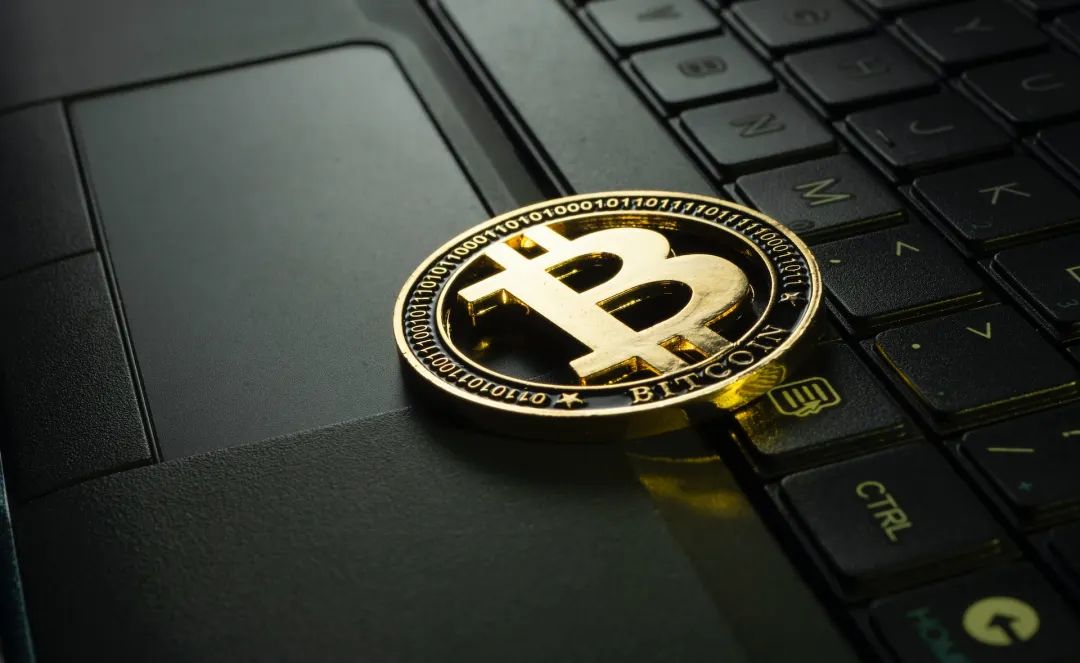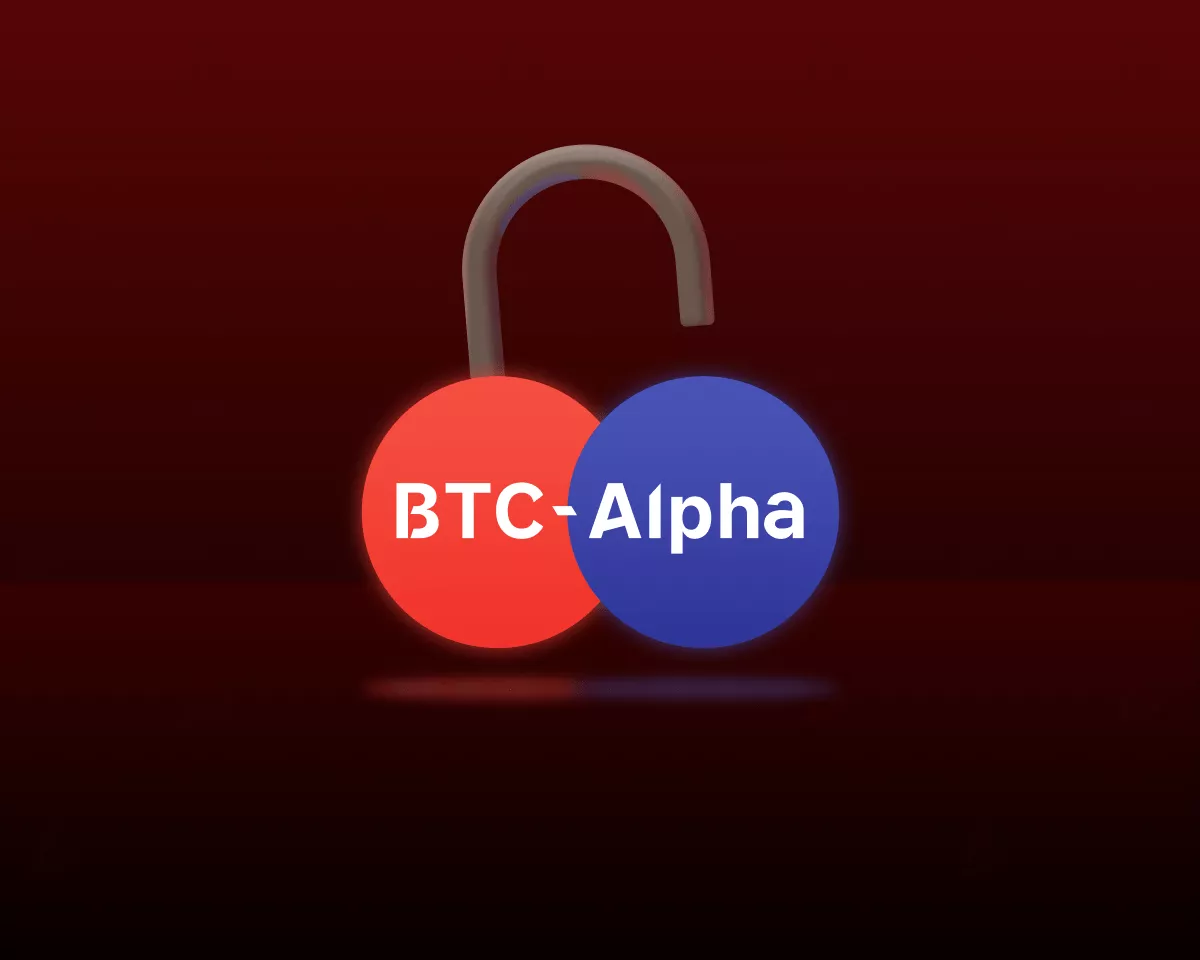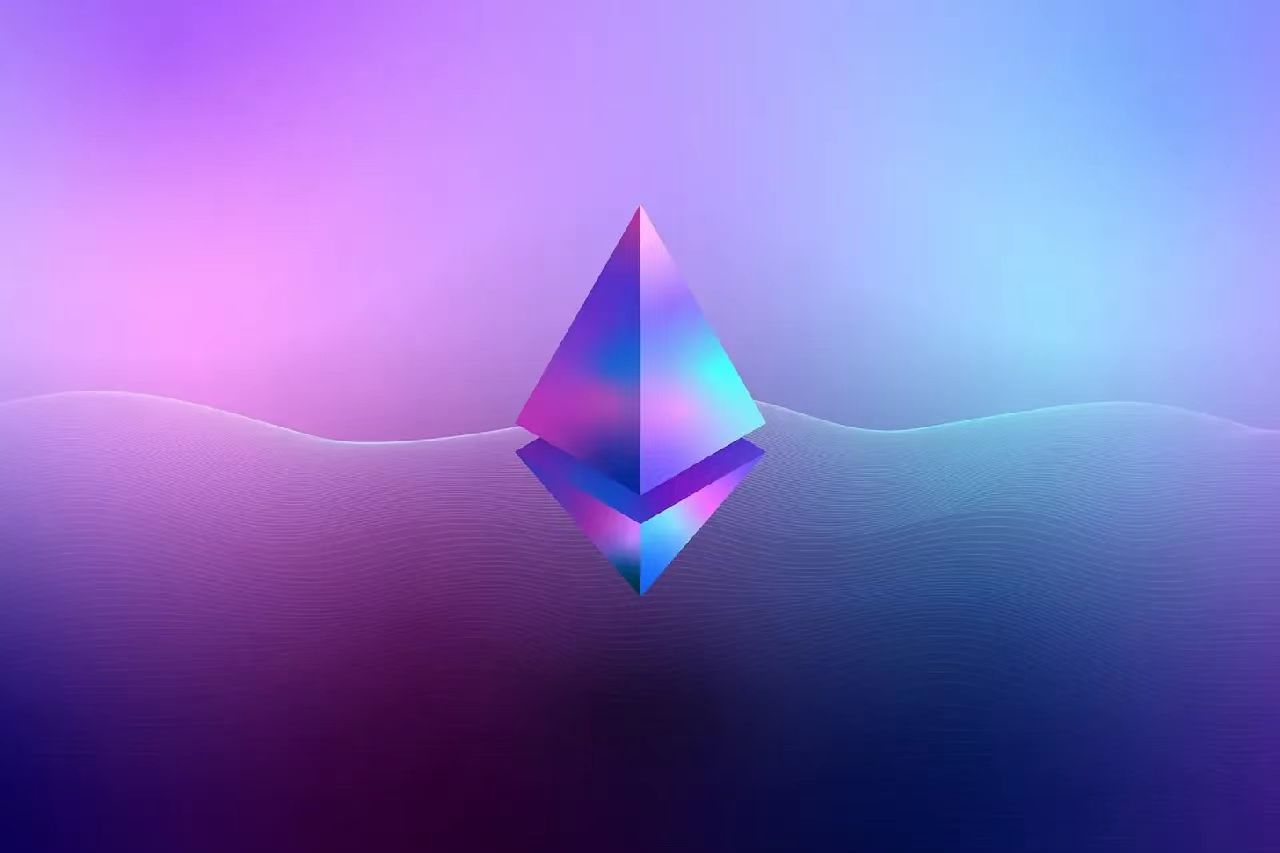Bitcoin’s price jumped 45% in February, breaking $60k for the first time since Q4 2021 and ending the month just 9% below its all-time high. In our view, the price appreciation likely reflects strong inflows into the new US-listed ETFs and anticipation of the halving of Bitcoin issuance scheduled for April.
- From a Crypto Sectors perspective, the Utilities & Services Crypto Sector dominated other market segments. This sector includes a number of projects that may offer synergies with AI technologies, including Filecoin. The decentralized file storage service has expanded to computation functions and announced an integration with Solana.
- Macro factors may be the main barrier to higher crypto valuations over the short-term. Inflation accelerated in February, casting some doubt on the potential for Fed rate cuts.
In a mixed month for traditional assets, crypto markets produced solid returns in February 2024, helped by steady inflows into the new spot Bitcoin ETFs and a variety of positive fundamental developments. At this point, the main risk to digital asset valuations may be Federal Reserve monetary policy: inflation perked up again in February, and any further acceleration could put off the start of rate cuts until later this year or beyond.
Bitcoin and Ether were among the best performing assets across crypto and traditional finance in February, on both an absolute and risk-adjusted basis (returns relative to volatility) (Exhibit 1). Global bond markets lost value during the month as a pickup in inflation dimmed hopes for central bank rate cuts in the US and Europe. Equity markets mostly gained, led by shares in China and other emerging markets. Although crypto has been more correlated to traditional markets in recent years, the performance of major tokens in February again underscored the diversification benefits of the crypto asset class.
Exhibit 1: Bitcoin and Ether outperformed many other major assets

For Bitcoin, solid returns likely reflected, at least in part, steady inflows into the new US-listed spot Bitcoin ETFs. From their launch on January 11 to the end of that month, the ten spot Bitcoin ETFs gathered net inflows totalling $1.46bn.[1] During February, net inflows accelerated significantly, totalling $6bn for the month as a whole. For the universe of crypto exchange trade products (ETPs), we estimate that February net inflows totalled $6.2bn—more than double the prior monthly record from October 2021 (Exhibit 2). Notably, US-listed gold ETFs have experienced net outflows since the launch of spot Bitcoin ETFs, perhaps pointing to investor rotation from one “store of value” asset to another.[2]
Exhibit 2: Record net inflows into crypto ETPs

To put the spot Bitcoin ETF inflows into perspective, at the current rate of block rewards, the Bitcoin network produces about 900 new coins per day, or around $54mn worth of Bitcoin (assuming an average price per coin of $60k). In April 2024, Bitcoin issuance will decline by half—an event scheduled every four years and known as the “halving”—at which point daily issuance will fall to 450 coins or about $27mn worth of Bitcoin (for more details on the Bitcoin halving, see our report 2024 Halving: This Time It’s Actually Different). During the month of February, net inflows into the US-listed spot Bitcoin ETFs averaged $208mn per day, far outstripping the pace of new supply, even before the halving. This imbalance between new demand and limited new issuance has likely contributed to the rise in valuations, in our view.
Although Bitcoin delivered solid returns in February, it was narrowly bested by Ether (ETH), the second largest crypto asset by market cap, which gained 47% during the month.[3] Markets appear to be looking ahead to a critical upgrade to the Ethereum network, scheduled for March 13 (for more details see Ethereum’s Coming of Age: “Dencun” and ETH 2.0). Ethereum is pursuing a modular design philosophy, in which more activity over time will take place on Layer 2 blockchains connected to the Layer 1 mainnet. The coming upgrade will accommodate this growth by offering Layer 2s a designated storage space on Ethereum, aiming to reduce their data cost and therefore expecting an improvement in their operating margins. Ethereum may also be benefiting from other tailwinds, including a focus on “restaking” technology[4]—Eigenlayer, a leader in this field, raised $100mn from venture capital firm a16z during the month[5]—as well as anticipation ahead of the ETH Denver conference (Feb 29-Mar 3), and prospects for regulatory approval of an ETH ETF.
The best performing market segment in February was the Utilities & Services Crypto Sector, which gained 53% (Exhibit 3). This product category includes tokens related to artificial intelligence (AI) technologies, several of which saw outsized gains.[6] While not originally designed with AI applications in mind, we expect that Filecoin (FIL) has benefited from market interest in this theme. The project began with a focus on decentralized storage, but now includes smart contracts and infrastructure for computation, which can potentially bring synergies with blockchain-based AI applications. On February 16, Filecoin announced an integration with Solana to offer a decentralized block history for the network.[7] Filecoin currently commands a dominant market share (~99%) in decentralized data storage.[8]
Exhibit 3: Utilities & Services Crypto Sector outperformed on AI focus

At the other end of the spectrum, the Financials Crypto Sector saw a gain of 34%.[9] The appreciation was partly attributable to a surge in the governance token for the decentralized exchange (DEX) Uniswap. This platform generates revenue from trading fees, a portion of which is directed to Uniswap Foundation when users access the front-end website. However, at present, none of the revenue flows directly to holders of the UNI governance token. On February 23, the governance lead at the Uniswap Foundation proposed directing fee revenue to UNI holders who stake their tokens with the platform and delegate their voting rights.[10] If implemented, the UNI token would have a partial claim on trading fees from one of the largest decentralized finance applications in terms of volume.
The February rise in valuation was accompanied by higher trading volumes and an uptick in a variety of on-chain metrics, especially for Ethereum. For example, according to Coin Metrics data, ETH average daily spot trading volume reached $5.8bn in February, the highest since September 2021. The value of all transfers on the Ethereum network also increased to the highest since June 2022 (Exhibit 4). Lastly, aggregate stablecoin market capitalization increased by another $5.5bn during the month.[11] In related news, stablecoin issuer Circle announced that it will cease supporting USDC on the Tron blockchain.[12] About 80% of USDC outstanding is on the Ethereum network, with only about 1% on Tron (where Tether is the dominant stablecoin).[13]
Exhibit 4: Ethereum’s on-chain transfers increasing

Crypto markets have delivered strong performance this year, supported by Bitcoin ETF inflows and a variety of fundamental positives. However, an important lesson from the last crypto cycle is that macro factors—like Fed monetary policy and the state of the economy—can heavily influence crypto asset valuations. If the macro markets outlook remains positive, the industry’s many tailwinds—including the Bitcoin halving and Ethereum’s coming upgrade—could point to further increases in token prices over the course of the year. Bitcoin’s price is now just 9% below its all-time high, so new record highs later this year may be within reach.
In contrast, a less favorable macro outlook could potentially hold back valuations. In Q4 2023, Bitcoin likely benefited from the Federal Reserve’s pivot from rate hikes to rate cuts. If the central bank does reduce rates in the coming months, it may weaken the Dollar and support the valuations of assets that compete with the Dollar, including Bitcoin. But during January (with data reported in February), the steady decline in US inflation appeared to slow or pause on some measures[14], and markets began to discount a higher inflation outlook (Exhibit 5). If inflation remains stubbornly high, Fed officials may consider delaying rate cuts until later in the year or until 2025. Generally speaking, higher US interest rates[15] are likely to be positive for the value of the Dollar and could be negative for Bitcoin.
In our view, the most likely outcome is that US consumer price inflation will continue to fall, facilitating eventual rate cuts by the Fed. But crypto investors should monitor upcoming inflation reports (especially the CPI report on March 12 and PPI report on March 14) as well as updated policy rate guidance from the Federal Reserve at its next meeting on March 20.
Exhibit 5: Market pricing higher US inflation 
[1] Source: Grayscale Research estimate based on Bloomberg data.
[2] Source: Bloomberg, “Gold’s Pain is Bitcoin ETF’s Gain in Store of Value Smackdown”, Eric Balchunas and James Seyffart, February 26, 2024.
[3] Source: Bloomberg, as of February 29, 2024.
[4] Restaking allows staked tokens to be repurposed to provide security for additional applications.
[6] For example, increases in token prices for Worldcoin, Bittensor, Akash, and Render could be partly related to a focus on AI themes.
[7] Source: Crypto.news
[9] Source: Bloomberg, as of February 29, 2024.
[10] Source: Blockworks
[11] Source: DeFi Llama, as of February 29, 2024.
[13] Source: DeFi Llama, as of February 29, 2024.
[14] For example, the 3m annualized rate of the CPI excluding food and energy was +4.0% in January vs +3.3% in December. Source: Bloomberg.
[15] Especially “real” or inflation-adjusted interest rates.



















